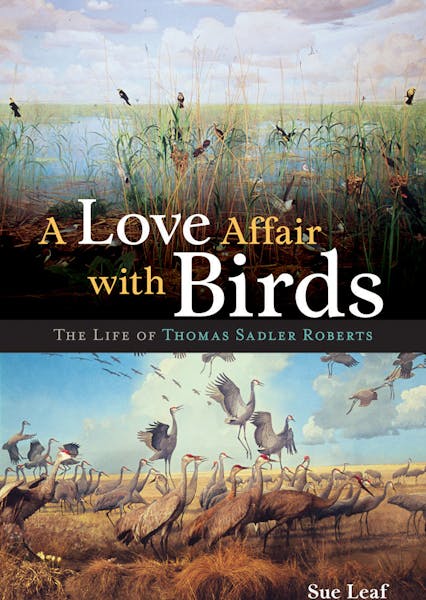Everything I know about nest boxes (a k a bird houses), I learned from bluebirds. They're among the few back-yard species that by instinct nest inside something.
There was a time when finding a natural cavity was no problem. Woodpeckers did the work for everyone. That has changed, and suitable trees are in ever-growing short supply, so nest boxes help fill that natural habitat gap.
Birds by instinct make particular choices in nesting sites, for good reason. Given short lives on average, many small songbirds — the perching birds, also known as passerines — probably get no more than one or two nesting opportunities in their lifetimes. Success is critical.
Nest boxes look simple, but there are some basics you should consider.
Choose a wooden box, or else a round PVC box. The box is best not painted, outside or in. Choose practical over cute.
Choose a box with tight seams, preferably assembled with screws. The box must be readily opened. You will open the box many times in its lifetime. If you must use any tool other than your hands to do this, you have chosen a bad box. It's best for you if the front of the box opens. It will be more convenient for you if the front swings down to open rather than up. The bird doesn't care. You will when it comes time to look inside.
Why look inside? To see what's going on. The birds won't mind. Knowing what's happening in there is much of the pleasure the box and its occupants can bring you. But views should be quick and days apart.
You also will want to open the box each fall to clean out the used nest.
Hole size is critical. The basic bluebird box, with an entry hole 1 ½ inches in diameter works well for Eastern bluebirds, tree swallows, house wrens and black-capped chickadees. This is the basic box for those birds, the species here most likely to use a nest box.
A hole too small has the obvious problem. A hole too large has a predator problem, allowing paws to easily reach in. Larger holes also encourage nesting by nonnative house sparrows and European starlings, which should not be allowed to use the box.
The bottom of the entry hole should be no less than 5 inches above the bottom of the box.
Bluebirds and swallows prefer nest locations on open grassy spaces. Chickadees and wrens will readily nest in almost any yard. You'll have the best success with a box near brushy or wooded areas, particularly with wrens.
Avoid mounting boxes on trees or wooden poles. Predators climb. A good idea: Pound a 4-foot piece of rebar into the ground. Slip over it a five-foot section of ½-inch electric conduit. Mount the box to the conduit with screws. Boxes for wrens can be hung.
In all cases, face the entry hole away from prevailing summer storms. Here, that means they should face the east or northeast.
Information and build-your-own plans can be found online at:
www.dnr.state.mn.us/ volunteer/janfeb06/nestbox.html
www.birds.cornell.edu/nestinginfo/nestboxref/construct
www.nabluebirdsociety.org/nestboxes/nestboxplans.html
Lifelong birder Jim Williams can be reached at woodduck38@gmail.com. Join his conversation about birds at www.startribune.com/wingnut.

Minnesota Sports Hall of Fame: A class-by-class list of all members

This retired journalist changed professional wrestling from Mankato

